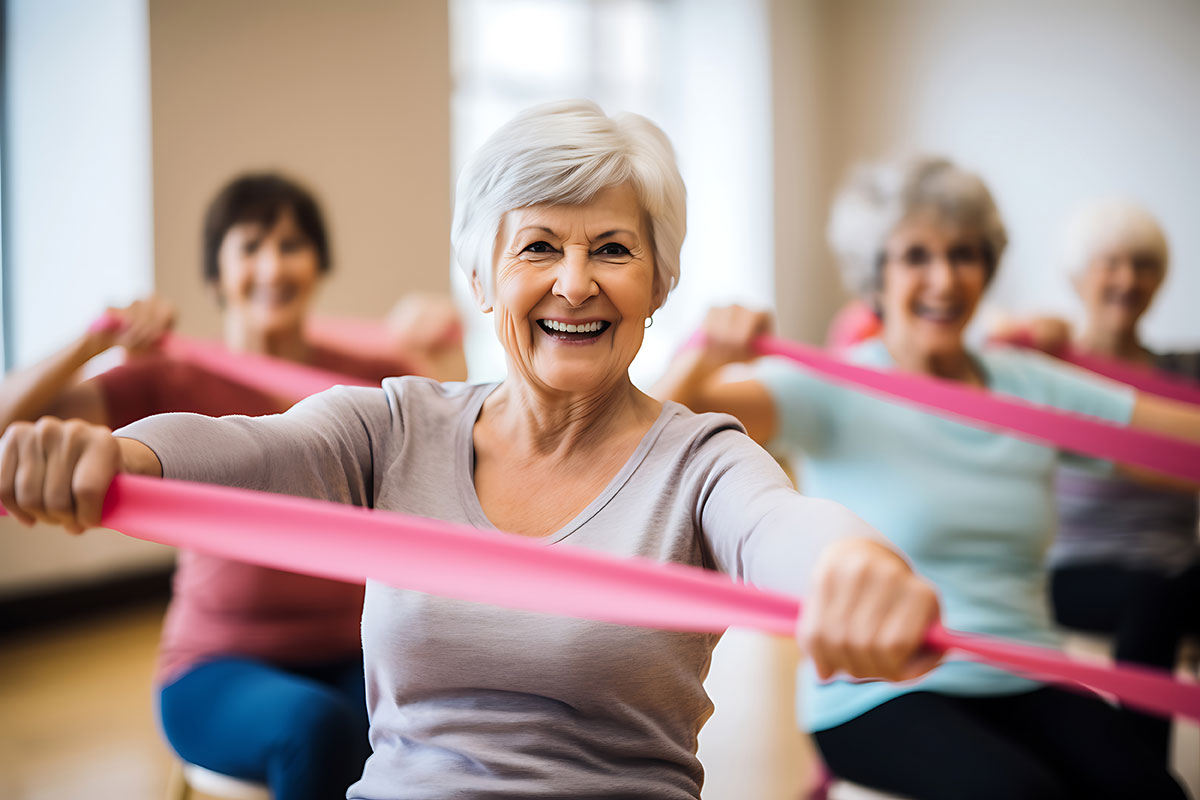
The Importance of Strength and Balance Fitness for Seniors to Prevent Falls
As we age, maintaining physical fitness becomes increasingly vital, not just for general health but also for preventing serious injuries. Among the most significant risks faced by seniors is the danger of falls. For individuals aged 55 and older, falls can result in severe injuries, loss of independence, and even death. Incorporating strength and balance exercises into daily routines can dramatically reduce these risks.
The Impact of Falls on Seniors
Falls are the leading cause of injury among older adults. According to the Centers for Disease Control and Prevention (CDC), one out of four Americans aged 65 and older falls each year. These falls are not just minor incidents; they can have devastating consequences:
- Injury Statistics: Approximately 3 million older adults are treated in emergency departments for fall-related injuries annually. Of these, over 800,000 patients are hospitalized due to a fall injury, most often because of a head injury or hip fracture.
- Hip Fractures: More than 95% of hip fractures are caused by falling, usually by falling sideways. Hip fractures can severely limit mobility and independence; about half of the older adults who experience a hip fracture cannot return home or live independently after the incident.
- Mortality Rates: Falls are the most common cause of traumatic brain injuries (TBI). TBIs can lead to significant cognitive decline and are a major factor in fall-related deaths among older adults. In fact, falls result in over 32,000 deaths each year in the United States alone.
The Benefits of Strength and Balance Fitness
Engaging in regular strength and balance exercises is a proven method to reduce the likelihood of falls. These exercises help enhance muscle strength, coordination, and stability, all of which are crucial for maintaining balance. Here are some key benefits:
Improved Muscle Strength
Strong muscles are essential for supporting joints and maintaining balance. Strength training exercises, such as lifting weights, resistance band exercises, and body-weight exercises, can help build muscle mass and improve overall strength.
Enhanced Balance
Balance exercises, such as standing on one foot, heel-to-toe walks, and Tai Chi, can help improve the body’s ability to remain stable and avoid falls. Better balance can also boost confidence, reducing the fear of falling.
Increased Flexibility and Mobility
Stretching exercises improve flexibility, which is essential for maintaining a full range of motion in the joints. Improved flexibility can prevent stiffness and reduce the risk of falls.
Better Coordination
Exercises that enhance coordination, such as yoga and dancing, can help seniors respond more quickly to a loss of balance, preventing falls before they occur.
Practical Tips for Incorporating Strength and Balance Exercises
- Start Slowly: Seniors should begin with low-intensity exercises and gradually increase the difficulty as their strength and balance improve.
- Consistency is Key: Regular exercise is crucial. Even short, daily sessions can make a significant difference over time.
- Seek Professional Guidance: Working with a physical therapist or a fitness trainer who specializes in senior fitness can provide personalized guidance and ensure exercises are performed safely.
- Utilize Community Resources: Many communities offer senior fitness classes specifically designed to improve strength and balance. Participating in these classes can also provide social benefits.
Falls among seniors are a major health concern, but they are not an inevitable part of aging. By prioritizing strength and balance fitness, older adults can significantly reduce their risk of falls, leading to a safer, healthier, and more independent lifestyle. Incorporating these exercises into daily routines can contribute to a happier, healthier quality of life and longevity.
By understanding the importance of these exercises and making them a regular part of life, seniors can enjoy their golden years with greater confidence and security.

